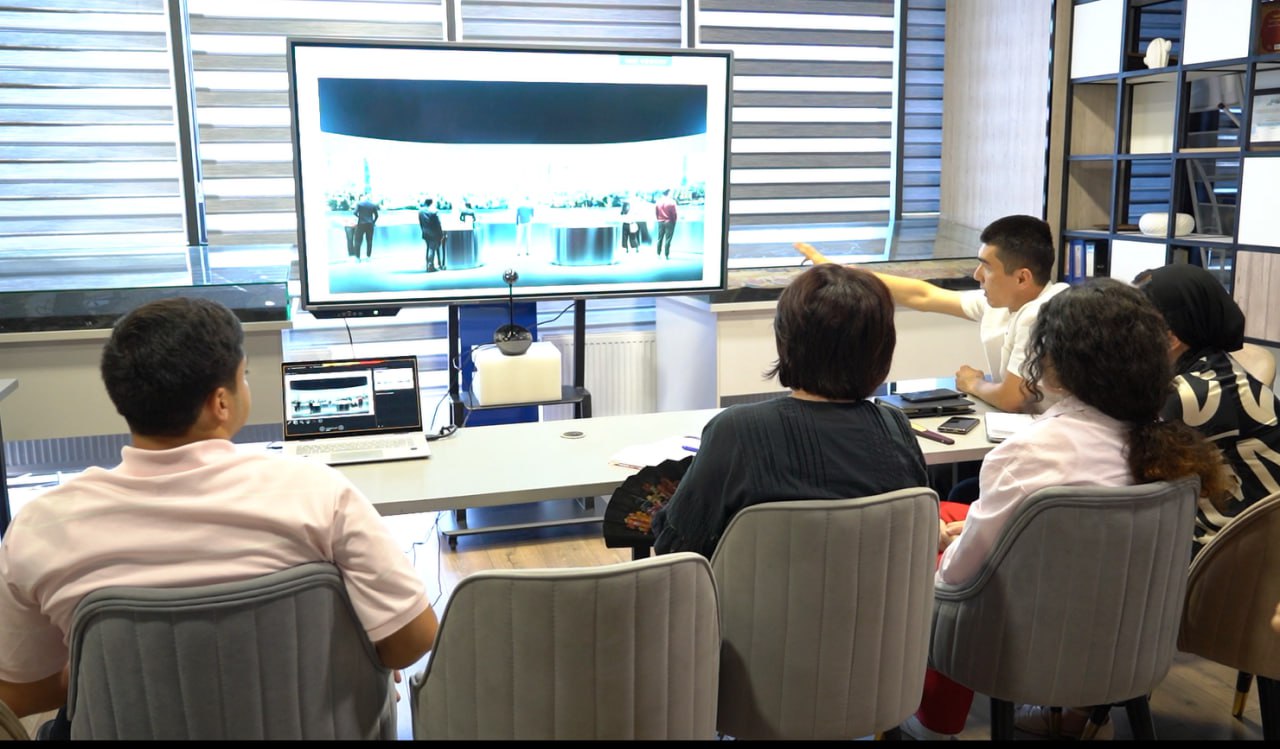Our modern development will be presented in the “language” of the museum

The Center of Islamic Civilization in Uzbekistan is emerging today as a major scientific and educational hub where history and modernity converge, serving as a symbol of the broad spiritual and educational reforms being implemented in our country. In the museum’s section titled “New Uzbekistan – Foundation of a New Renaissance”, infographics, interactive displays, holograms, digital maps, immersive videos, as well as real models and mock-ups will be utilized.
The museum, as part of the Center, will cover five main sections. Through them, the most important stages of Uzbekistan’s nearly 3,000-year historical development will be widely presented. In particular, the section called “New Uzbekistan – Foundation of a New Renaissance” will showcase the reforms and major achievements of the last eight years using state-of-the-art museum technologies. Within this section, nine key areas will reflect the country’s progress in social, scientific, cultural, and economic spheres. Notably, the subsection devoted to economic reforms will feature exhibits on urban planning, green energy, agro-technology, infrastructure, and transport.
The exhibition will make use of infographics, interactive displays, holograms, digital maps, immersive videos, and real mock-ups. For example, models of the Tashkent City complex, Samarkand International Airport, solar and wind power plants, as well as layouts depicting new road and railway infrastructure will visually illustrate economic development.
At a recent discussion meeting held at the Center, specialists presented ideas and proposals to further improve this section. The debate revolved around the question: “What does the visitor come to the museum to see?”, leading to a review of new approaches in museum presentation.
In particular, Dr. Kamola Nishonova, Doctor of Philosophy in Art Studies, emphasized the importance of not relying solely on screen-based technologies when presenting complex topics such as economic development, but instead integrating real exhibits and various interactive elements.
In short, our modern development will be presented in the “language” of the museum. The Center of Islamic Civilization is shaping into a scientific and educational institution that not only analyzes the past but also reflects today’s development of Uzbekistan and looks toward the future.
Information service of the Center of Islamic Civilization
Most read

Over 100 experts from more than 20 countries of the world are in Tashkent!

President of Serbia Aleksandar Vučić visited the Islamic Civilization Center in Uzbekistan

The Center for Islamic Civilization – a global platform leading towards enlightenment











